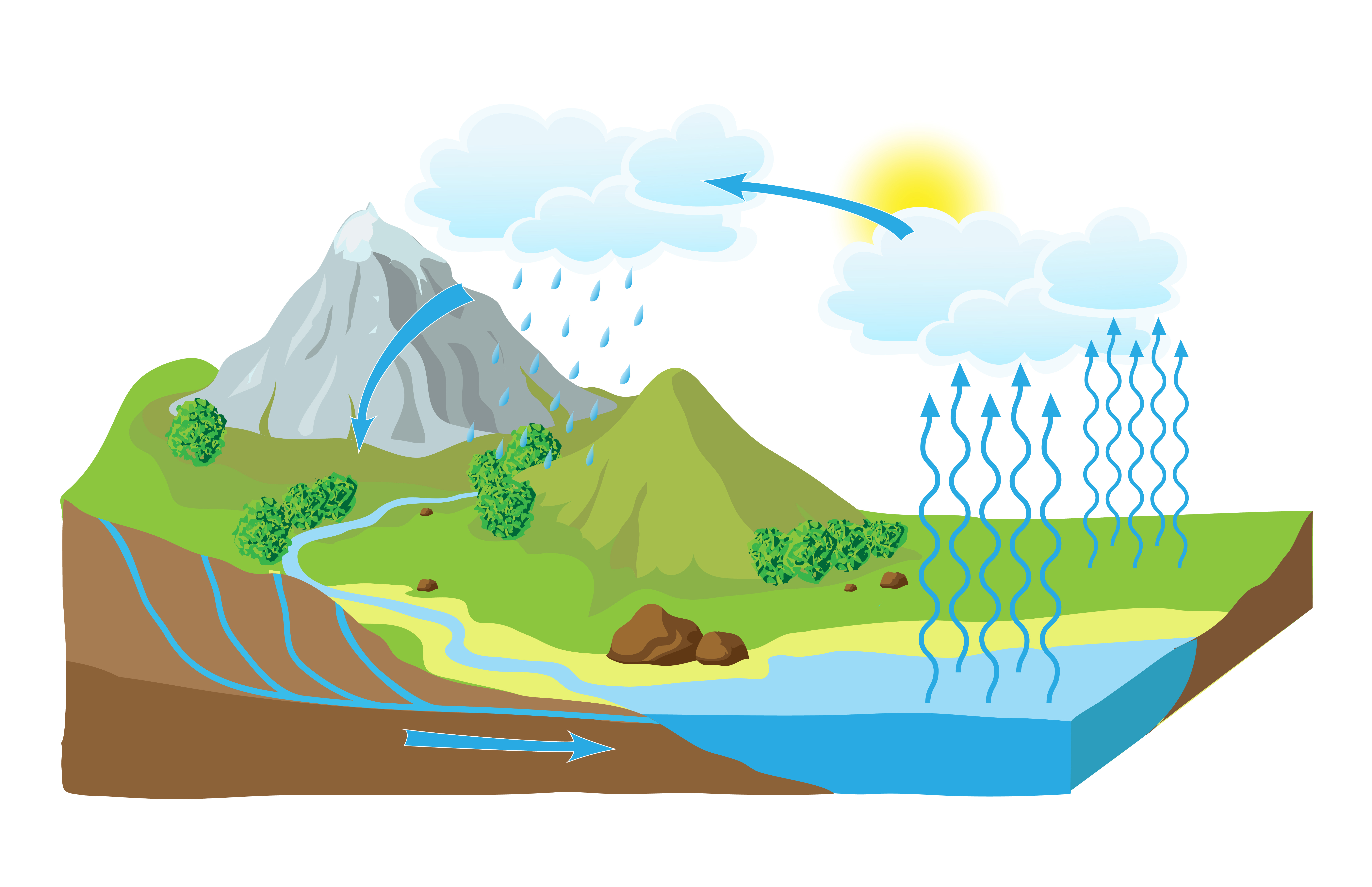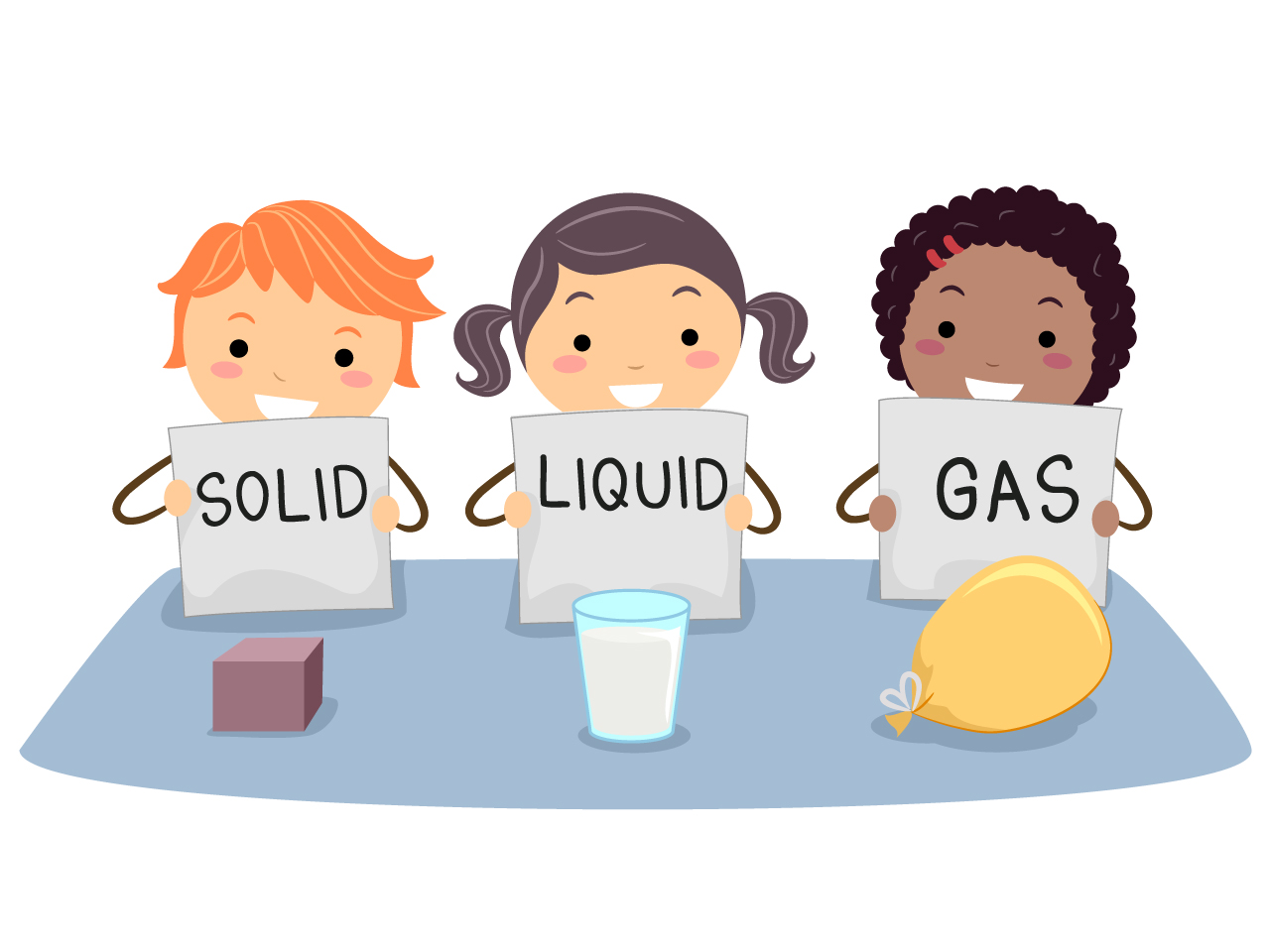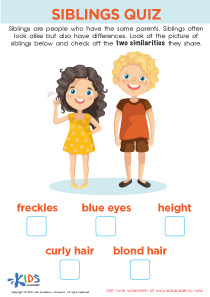Physical Science Worksheets for Ages 5-8 - Page 4
85 filtered results
-
From - To
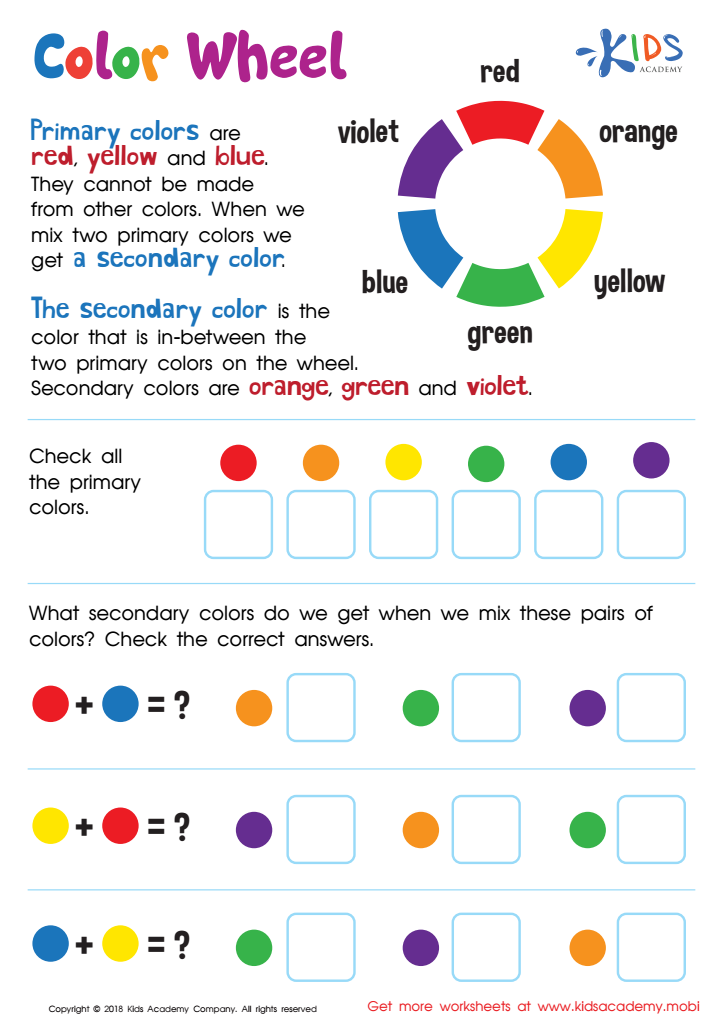

Primary and Secondary Colors Worksheet
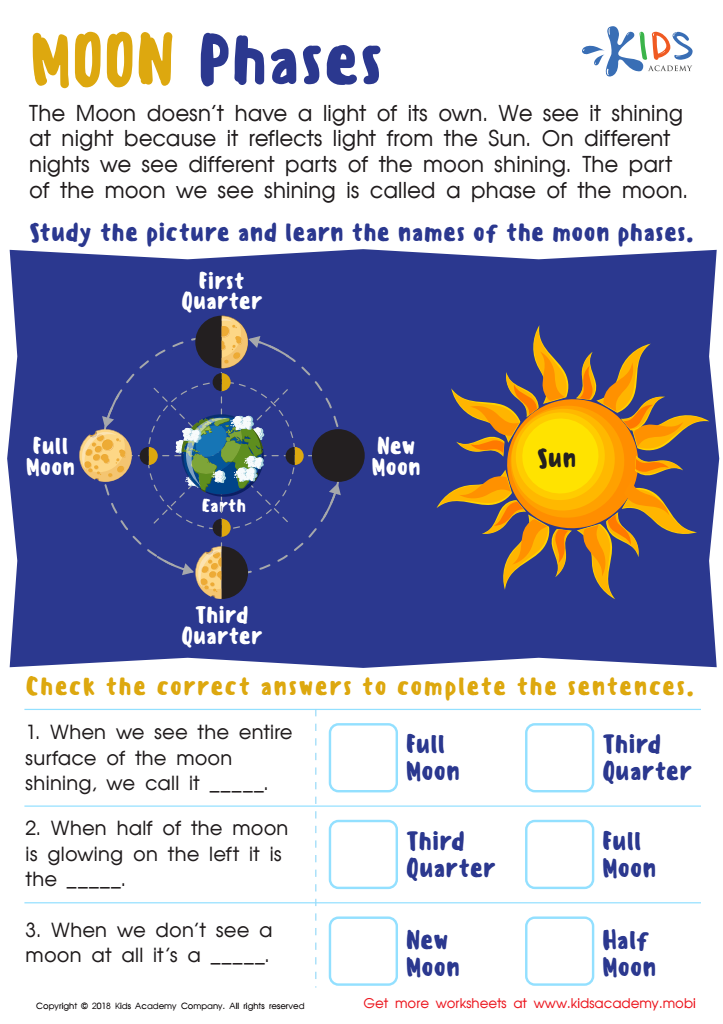

Moon Phases Worksheet
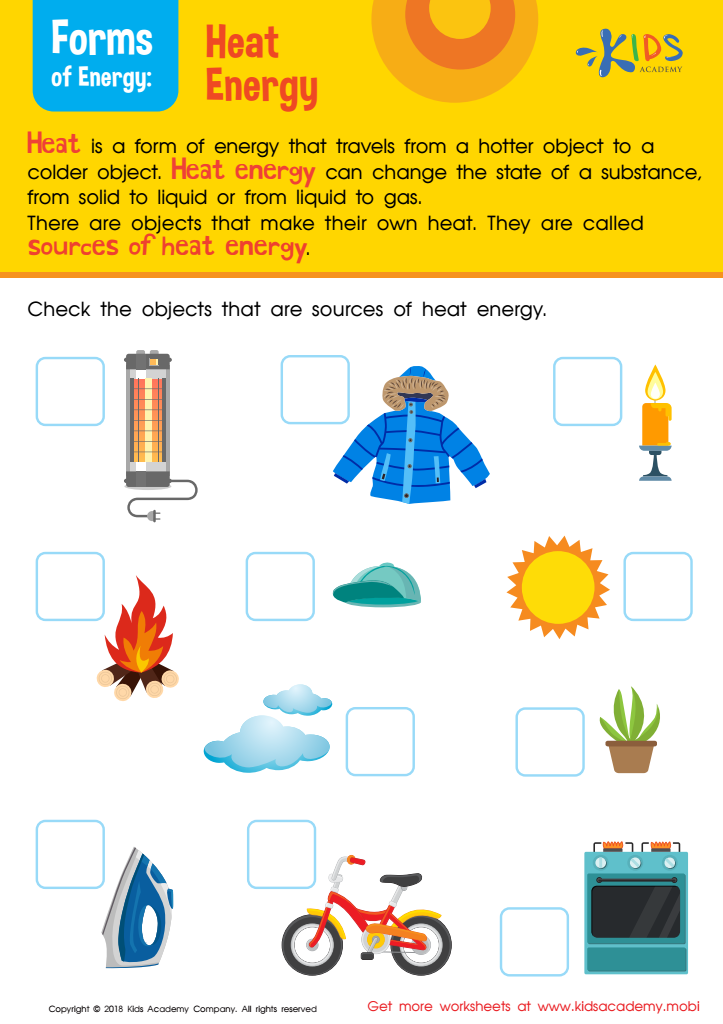

Sources of Heat Energy Worksheet
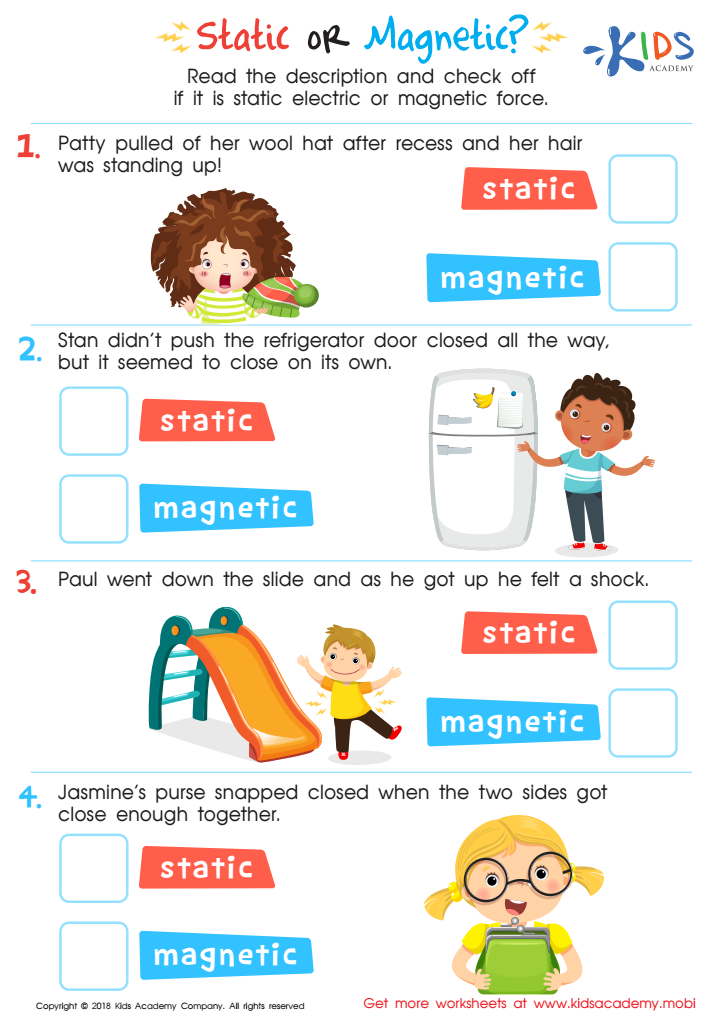

Static or Magnetic Printable Worksheet
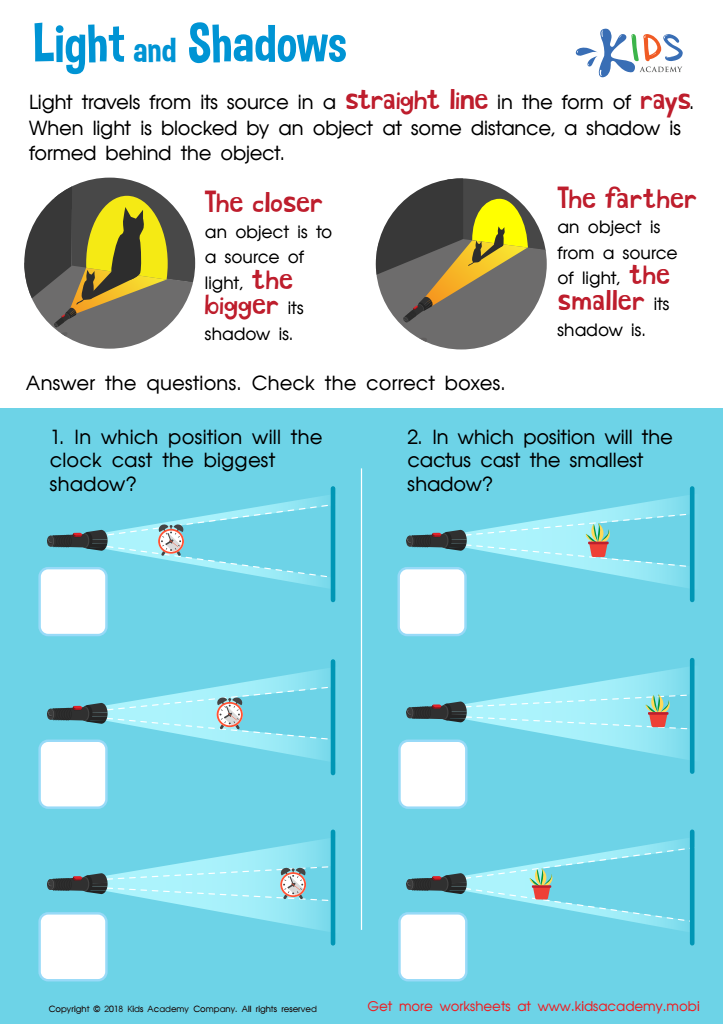

Light and Shadow Worksheet for Grade 3
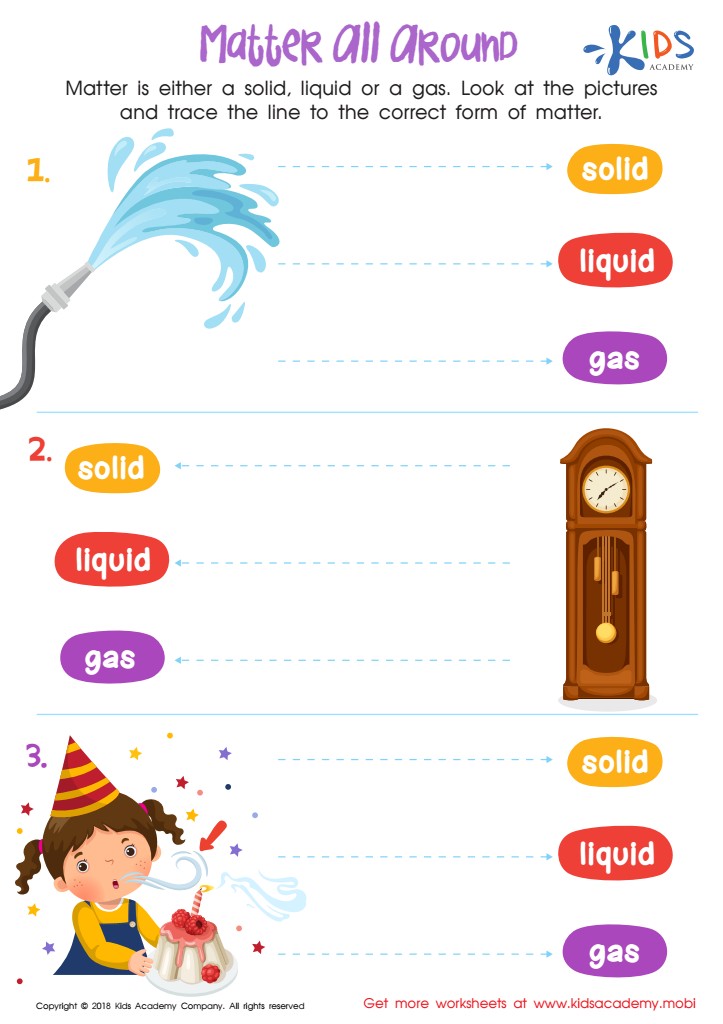

Matter all Around Worksheet
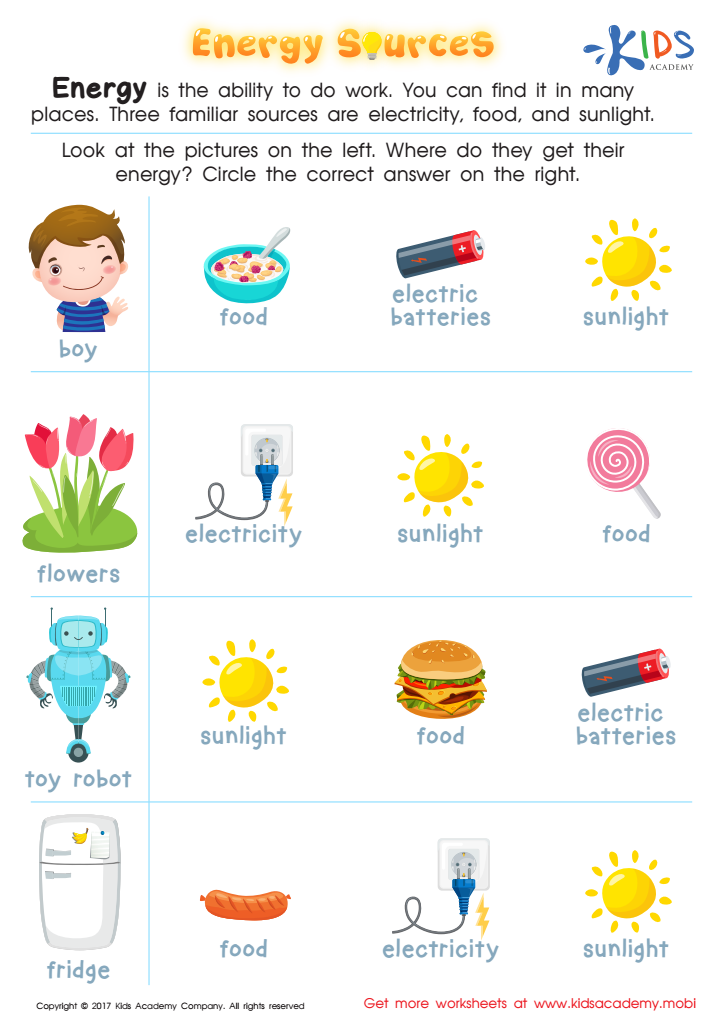

Energy Sources Printable
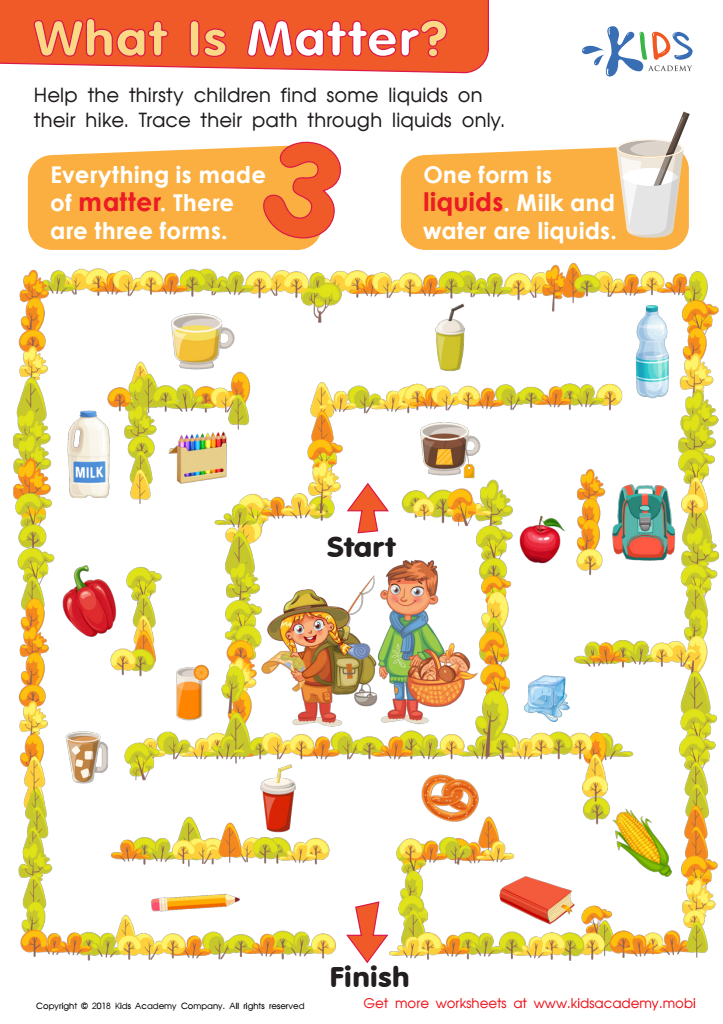

What Is Matter? Worksheet
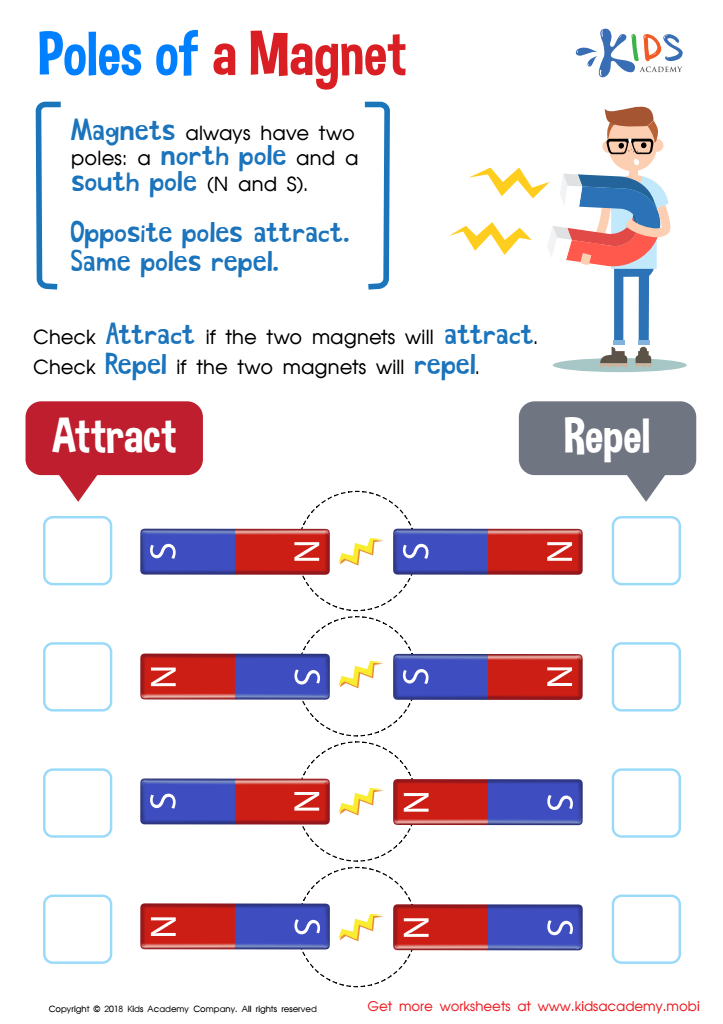

Magnet Poles Attract or Repel Worksheet
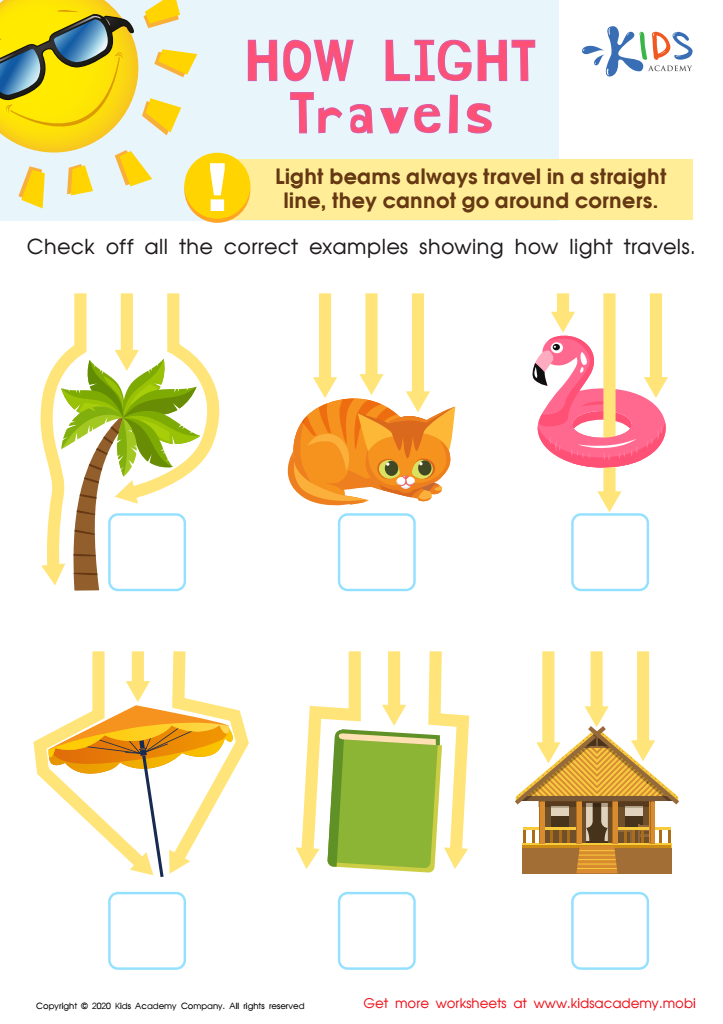

How Light Travels Worksheet
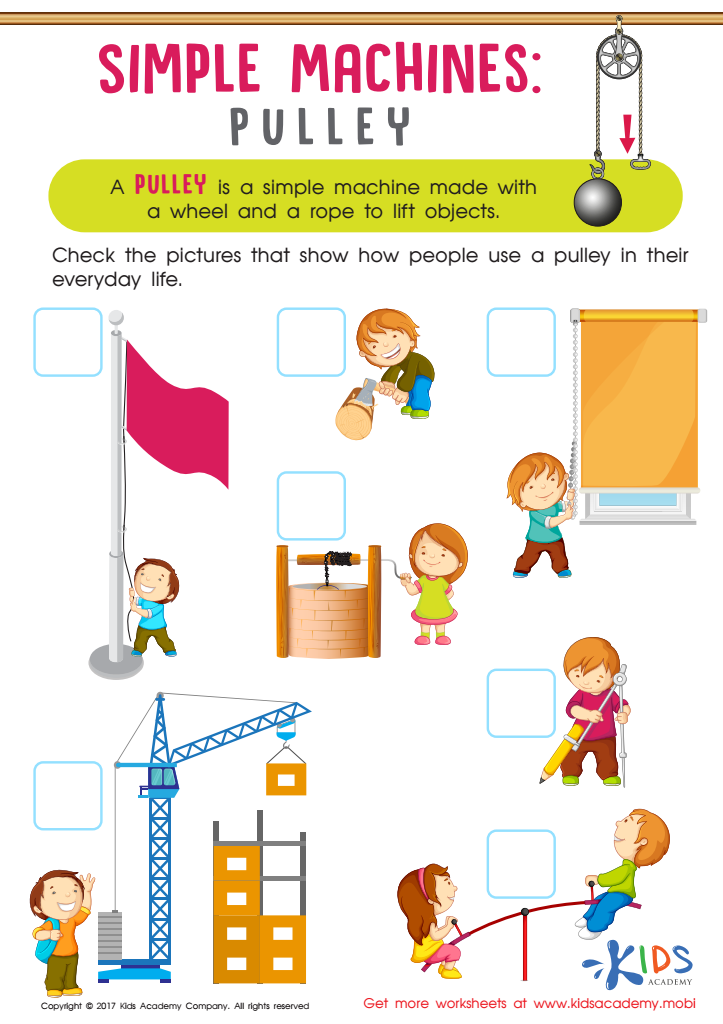

Simple Machines Pulley Worksheet
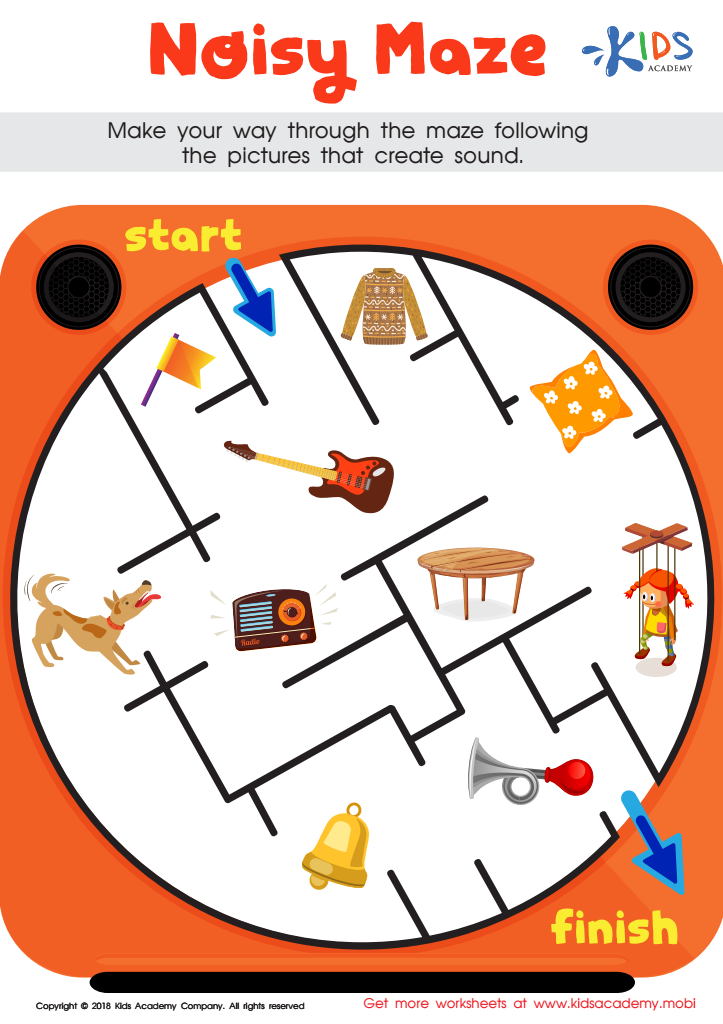

Noisy Maze Worksheet
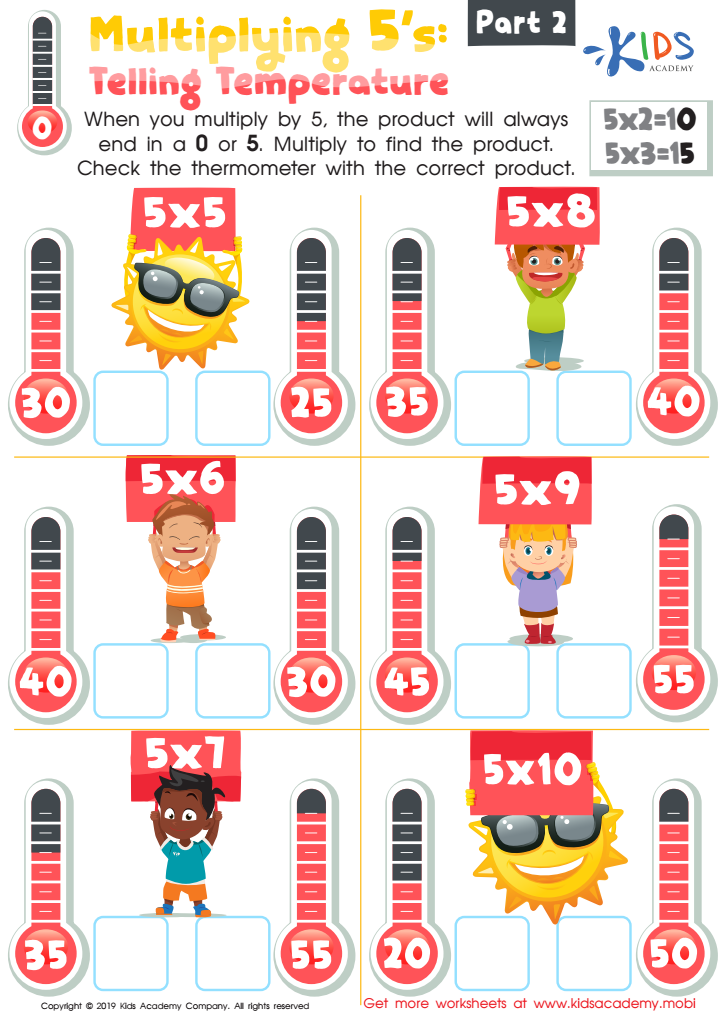

Multiplying 5’s: Telling Temperature Part 2 Worksheet
Parents and teachers should care about physical science for ages 5-8 because it fosters curiosity, critical thinking, and foundational understanding of the world. At this age, children are naturally inquisitive and eager to explore their surroundings. Introducing them to physical science can harness this curiosity, turning everyday phenomena into fun and educational experiences. Physical science helps young children develop observation and problem-solving skills as they engage in experiments and discussions. These activities teach them how to ask questions, make predictions, and analyze results—all essential components of scientific inquiry.
Furthermore, early exposure to physical science can build a strong foundation for future learning. Basic concepts like gravity, magnetism, and states of matter not only prepare children for more complex scientific topics but also integrate seamlessly with math, literacy, and environmental studies. By relating science to their everyday lives, parents and teachers can make learning more relevant and engaging, preparing children for lifelong educational success.
Investing in physical science education for young children also helps cultivate a lasting interest in STEM (Science, Technology, Engineering, and Math) fields, which are crucial for innovation and problem-solving in today's world. By supporting early science education, parents and teachers contribute to the development of well-rounded, curious, and capable future learners.
 Assign to My Students
Assign to My Students


.jpg)


